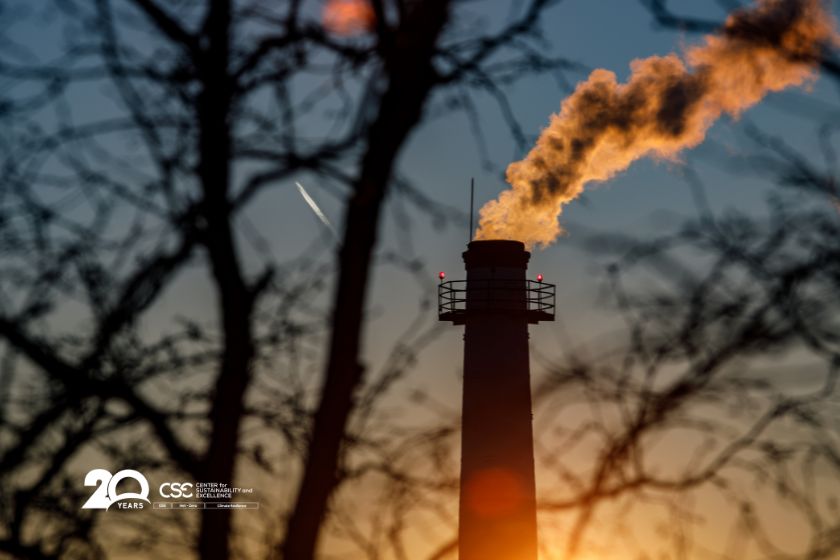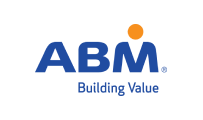Europe’s heavy industries, steel, cement, and fertilizers, sit at the heart of the continent’s economy and its carbon problem.
Together, they account for over 20% of total EU greenhouse gas emissions, according to the European Environment Agency (EEA).
The European Green Deal and Fit for 55 package set ambitious decarbonisation goals, but meeting them requires massive investment, innovation, and skills development. Without decisive action, Europe risks losing industrial competitiveness while other regions lead the green transformation.
Now is the moment for industrial leaders and sustainability professionals to turn commitment into measurable progress — building the foundation of a new, low-carbon industrial era.
Costs and Financing: Closing the Investment Gap
The scale of change is unprecedented. The European Commission estimates that achieving 2030 climate targets will require an additional €477 billion per year in investment. For heavy industry alone, €7–10 billion in annual public support could unlock the private financing needed for transformation.
Key Funding Levers
- EU Innovation Fund & ETS Revenues
Revenues from the EU Emissions Trading System (ETS) directly fund large-scale decarbonisation projects through the Innovation Fund. - Competitiveness Fund & Industrial Decarbonisation Bank (proposed)
These proposed mechanisms could derisk private investment in emerging technologies like hydrogen-based steel and carbon capture. - Public–Private Partnerships (PPPs)
Collaboration between governments, industry clusters, and academia can bridge funding gaps and share technology risks. - Corporate Action on Scope 3
Major buyers increasingly demand low-carbon materials, linking supply-chain decarbonisation to market competitiveness.
Funding, however, must be strategic — targeted at technologies with the greatest emissions-reduction potential and tied to measurable outcomes.
Hydrogen-Based Steel: Lessons from Europe’s North
Northern Europe is leading the industrial green revolution.
In Sweden, SSAB and H2 Green Steel are developing the first hydrogen-based steel mill in Boden, replacing coal with hydrogen — reducing emissions by up to 95%.
Key Lessons
- Technology readiness: Hydrogen-based steelmaking is advancing but still costly; early public support remains critical.
- Infrastructure: A robust renewable electricity and hydrogen network is essential.
- Policy certainty: Long-term carbon pricing and stable regulation enable confident, multi-billion-euro investments.
- Regional cooperation: Shared infrastructure among steel, cement, and logistics clusters can lower total costs.
This “Boden model” demonstrates how industrial decarbonisation can enhance regional economies rather than weaken them. Cement and fertilizer sectors are following similar paths with carbon capture, alternative fuels, and circular feedstocks.
Practical Steps for European Industries
- Audit and disclose full carbon footprints (Scope 1–3).
Establish baselines using GHG Protocol or ISO 14064 frameworks. - Invest early in low-carbon technologies.
Pilot hydrogen furnaces, electrified kilns, and CCUS systems before policy tightening. - Leverage EU funding programs.
Align projects with Innovation Fund, Horizon Europe, and Just Transition Mechanism priorities. - Collaborate across the value chain.
Partner with suppliers, utilities, and customers to decarbonize collectively. - Upskill your workforce.
Equip engineers and managers with ESG and sustainability certifications to manage complex transitions.
Common Mistakes to Avoid
- Waiting for perfect regulation instead of acting early.
- Treating carbon reporting as compliance rather than a performance and strategy tool.
- Neglecting renewable integration — decarbonisation requires clean energy inputs.
Real-World Applications Across Europe
- Cement (Germany): Heidelberg Materials is deploying carbon capture to produce net-zero cement.
- Fertilizers (Netherlands): Yara International is switching to green hydrogen for ammonia production.
- Steel (Sweden): HYBRIT merges wind-powered hydrogen and innovative smelting, a model for climate-neutral heavy industry.
Each example confirms the same message: industrial decarbonisation is possible — but it demands stable policy, skilled professionals, and sustained investment.
Join the Movement — Train for Europe’s Green Industrial Transition
To lead Europe’s low-carbon transformation, professionals must combine technical expertise with strategic ESG knowledge.
That’s why sustainability experts across Europe are enrolling in the Certified Sustainability (ESG) Practitioner Program – Advanced Edition (Europe)
Offered by the Center for Sustainability and Excellence (CSE), this internationally accredited course helps participants:
- Build actionable carbon reduction and decarbonisation strategies.
- Understand EU ESG frameworks, including CSRD, ESRS, and EU Taxonomy.
- Integrate industrial sustainability, innovation, and policy alignment into core business strategy.
- Earn the title of Certified Sustainability Practitioner, recognized globally by corporations and institutions.
Join the upcoming European cohort and play your part in shaping a carbon-neutral industrial future.
Register here







